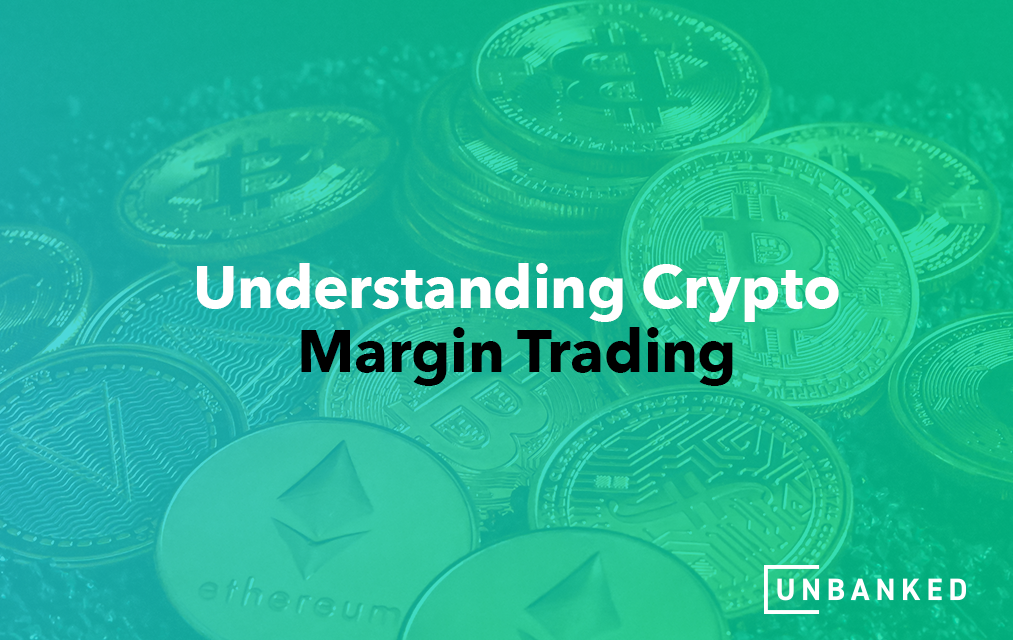Cryptocurrency trading has been booming as the high value of Bitcoin and Ethereum, plus the emergence of several altcoins, have influenced more people to get involved in the practice. Margin trading has become one of the most commonplace crypto trading methods of all as it allows crypto investors to maximize their gains significantly. However, it can also trigger devastating losses, requiring high caution levels from all investors willing to participate in it.
Margin trading involves borrowing funds from a crypto exchange and using those funds to make a trade. Margin trading is also known within the crypto space as trading with leverage because traders leverage their trades beyond the initial capital they worked with.
However, there are restrictions and parameters that you must understand to make leverage trading work for you rather than cost you significant money. Here’s a breakdown of what crypto margin trading involves.
How Does Crypto Margin Trading Work?
Trading with leverage allows you to borrow more money to make larger or more substantial crypto trades. Margin trading has increased in volume worldwide, with countries like Japan realizing high trillion-dollar values with this type of trading.
If the price of Bitcoin, for example, is $20,000 and creates a long position before purchasing a Bitcoin with two times the leverage. It means that the investor has spent $20,000 while borrowing an additional $20,000 for a position worth $40,000, with accompanying fees and interest.
However, the key to crypto margin trading reaching anywhere or not depends on the liquidation price. Whenever the crypto market reaches the liquidation price, the crypto exchange automatically closes the position. Exchangers do this to prevent traders from losing the money they borrowed to make the leveraged trade, only losing their money in the process.
Anytime an investor is only trading with their funds, liquidation prices for a long position on a crypto asset is zero. However, with increasing leverage for the leveraged trade, the liquidation price moves closer to the set price at which the trader makes a purchase. Many investors use margin lending to create short or long positions, including for Bitcoin. As a result, investors have the potential to profit from leverage trading regardless of where the market swings.
Going back to the above-mentioned example, the liquidation price for that transaction would be around $10,000. Once that level is reached, traders lose their investment completely, including interest and fees. If the price drops by 50%, then the investor loses 100% of the investment they made, causing significant financial distress.
How Do You Calculate the Liquidation Price?
When calculating the liquidation price for a margin trade, you’re calculating the size of a market movement that triggered the liquidation.
To calculate the liquidation price, divide 100 by the leverage level. If a position with 20x leverage, for example, requires a 20% move for liquidation, the equation would be 100/20 = 5. A 20% move can happen relatively quickly within the crypto market.
Where Can You Conduct Crypto Margin Trading?
There are several outlets to do crypto margin trading, including:
- Binance Futures
- BitMEX
- KuCoin Futures
- Delta Exchange
- ApolloX
You can leverage anywhere between 10 and 125x on the above-mentioned crypto exchanges. The more leverage you use, the higher the risk is with your trades. Margin trading is risky in general, let alone in the cryptocurrency space where volatility consistently occurs, leading to wide-ranging swings.
As for costs, there are two sets of fees associated with crypto margin tradings: the fees for opening positions and an interest owed for borrowing a digital asset. The interest rate is also called the funding rate, which is peer-to-peer (P2P) and depends on the existing premium between the spot and futures price of a crypto asset. These interest rates are re-calculated hourly.
How Do You Best Manage Risk With Crypto Margin Trading?
Margin trading is very tricky because it involves borrowing money to make the trades you want and, if positions aren’t closed at the right time, or you make mistakes with leveraging, then you could lose your full investment and have a hard time paying back the money.
Regarding leveraging, you can leverage with more than 100x with certain exchanges, including the exchanges mentioned above. However, it’s recommended that you stick within the 1 to 20x range with your leveraging to optimize your risk management. How much you can successfully leverage your trades depends on the crypto exchange you use and the product type. Ensure you read all documentation before going full throttle with your crypto margin trading.
Another best practice to maximize your trading success when doing crypto margin trading is to hedge your bets by opening opposing positions where possible, a common investment risk management ideology.
Whenever someone holds a lot of a crypto asset, like Bitcoin, it’s considered a long position. To hedge against the high price volatility that accompanies the crypto asset in question, traders can hedge against the position by placing a leveraged short position. So, whenever the price of the crypto asset falls, the short position rises in value, allowing investors to recoup a portion of the money lost during the leverage trades.
Is Crypto Margin Trading Worth Pursuing?
If you’re a seasoned trader/investor who has strong risk management skills and has done the necessary research, then crypto margin trading might be worth it for you. However, crypto margin trading is one of the riskier investment propositions around. You can lose money making cryptocurrency trades in general, let alone with margin trades, due to the price fluctuations and the fact that you’re borrowing other people’s money to make the trades.
Understand how to open and close positions. Read all documentation provided by an exchange before conducting business with them. And understand margin trading strategies and ratios and calls, so you limit your risk exposure as much as possible.
Want to know more about cryptocurrency trading and all the nuances behind the crypto investment? Check out our resources to learn more about the best practices of crypto trading and investing.





